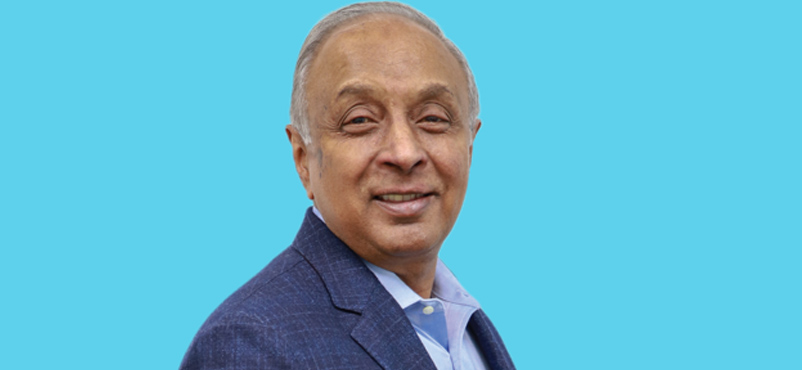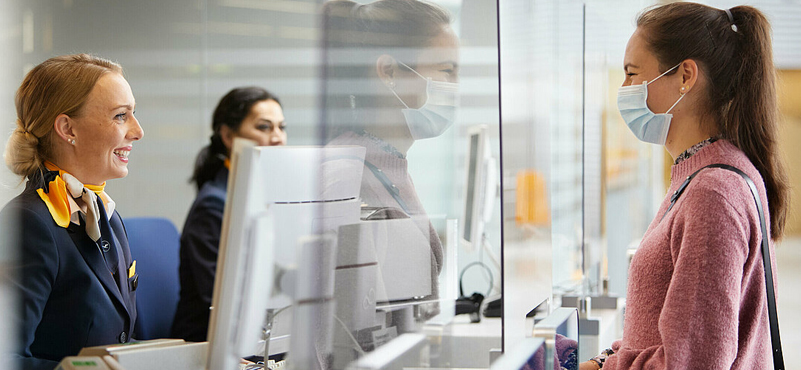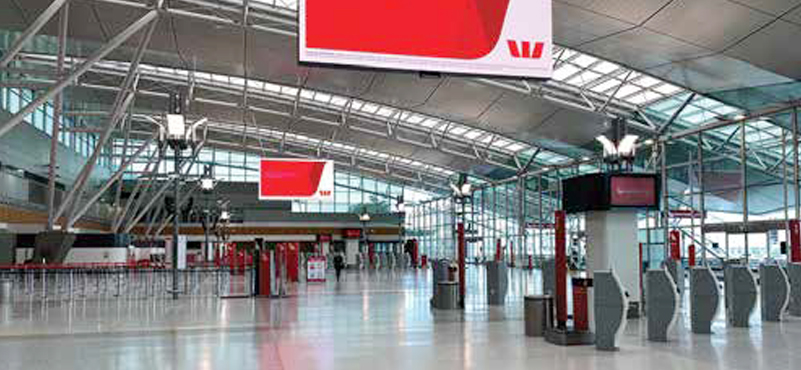As IndiGo takes to the skies again, the airline is witnessing pent-up demand for travel, which has been evident in the load factor. The LCC is currently operating at 30% of its capacity, owing to the government’s directive, but remains optimistic of an increased headcount as policies as relaxed in the coming months. The carrier has employed creative means to ensure viability by pressing into action a part of its fleet for cargo and charter services. Ronojoy Dutta, CEO of InterGlobe Aviation- the parent company of IndiGo Airlines – answered questions on short and long-term demand and business viability in a recent conversation with Shereen Bhan, Managing Editor, CNBC-TV18.
Edited excerpts:
The outlook on the demand after commencing operations and curtailing capacities
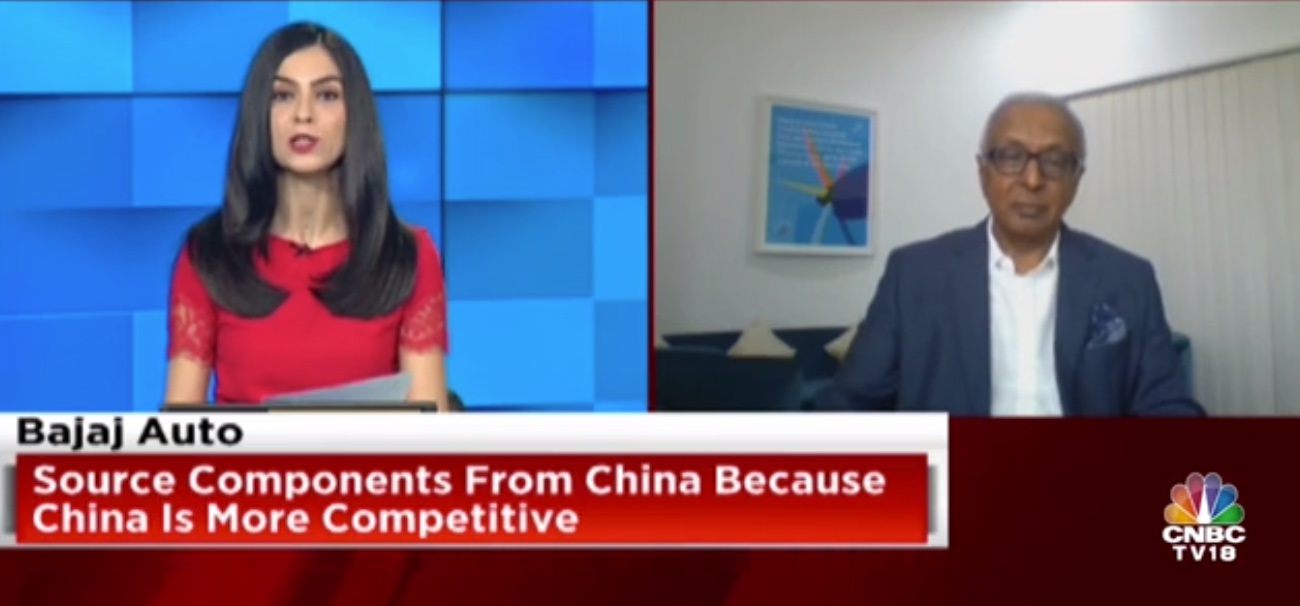 Ronojoy Dutta shared that while, typically, the airline devised five-year strategic plans and one-year budget plans, it was “foolish” to plan for a long-term in these times of crisis. “The company is planning on a monthly basis. And, we are very encouraged by the early results. We are currently doing roughly 30% of the capacity,” he said. He suggested that the airline believed there was going to be pent-up demand in the initial 2-3 days. The company saw that demand manifest, he said, adding that the demand had not only sustained but gotten stronger. “If we look at it in the first, second and the third five day-period, there is a steady upward trend,” he said detailing the initial response in the domestic market. He suggested that the long-term bookings were “equally encouraging.”
Ronojoy Dutta shared that while, typically, the airline devised five-year strategic plans and one-year budget plans, it was “foolish” to plan for a long-term in these times of crisis. “The company is planning on a monthly basis. And, we are very encouraged by the early results. We are currently doing roughly 30% of the capacity,” he said. He suggested that the airline believed there was going to be pent-up demand in the initial 2-3 days. The company saw that demand manifest, he said, adding that the demand had not only sustained but gotten stronger. “If we look at it in the first, second and the third five day-period, there is a steady upward trend,” he said detailing the initial response in the domestic market. He suggested that the long-term bookings were “equally encouraging.”
Dutta insisted that it was an inappropriate time to make a long-term forecast but suggested that the airline’s best estimates indicated that it was going to operate at 85% of its capacity by the next year.
On being sold-out and revenues
At this point, the aims and ambitions were very modest, he clarified. The company was not trying to make profits as it was impossible with “minimal capacity being operational,” he said. Nobody expected the company to make any profits, as he noted that the demand was weak. Whether the company could cover the variable costs, including the cost of the fuel, landing charges, costs incurred on the crew, etc. was the critical question, he detailed. It would ensure that the airline continued to remain operational, he said, admitting that it could not cover the costs incurred on leasing the aircraft, which was a high “fixed cost.” “We can only cover that if we have 100% of our capacity operational and in the air,” he said. The company was able to cover a healthy margin of the variable costs, which was an “exciting” prospect, he said.
He suggested he had “very strong” feelings on the need to open up the economy further, adding the consequences of the lockdown was hurting “employment” far too much. “The vulnerable segment of our demographic are young parents with young children, and I have been there,” he said stressing he understood the responsibility of being a parent and ensuring his children’s well-being.
On re-negotiating lease rentals: What’s the story
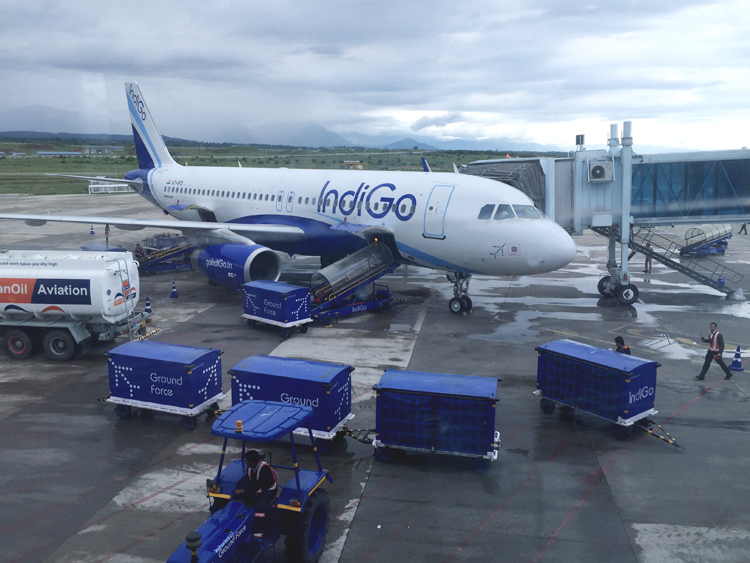 The airline’s relationship with the lessor was one of the critical factors for IndiGo’s success, Dutta said. The company was working with the lessor to devise an amicable solution, he said, stressing the airline was paying all its bills, including fuel costs, without any delays or issues. The conversation with the lessor remained centred around managing obligations on both sides, which was “faithful delivery on their side and IndiGo’s side,” Dutta elaborated. “The airline was getting 120 new planes and returning 120 old planes in the next two years, which was under discussion,” he said after repeated insistence on sharing the nitty-gritty of the ongoing discussion with the lessor.
The airline’s relationship with the lessor was one of the critical factors for IndiGo’s success, Dutta said. The company was working with the lessor to devise an amicable solution, he said, stressing the airline was paying all its bills, including fuel costs, without any delays or issues. The conversation with the lessor remained centred around managing obligations on both sides, which was “faithful delivery on their side and IndiGo’s side,” Dutta elaborated. “The airline was getting 120 new planes and returning 120 old planes in the next two years, which was under discussion,” he said after repeated insistence on sharing the nitty-gritty of the ongoing discussion with the lessor.
Right-sizing in the times of disruption
Right-sizing was going to mean refraining from “too much” growth of the fleet, but making it more efficient, he said. He shared the airline had a significant number of older aeroplanes, which were called ‘classics’ in the industry jargon. They were fuel-efficient but inefficient in maintenance costs, he said. Therefore, the company had struggled with its maintenance costs in the past few quarters, he said, informing that IndiGo was returning them as quickly as possible. “We are replacing them with newer aircraft that have, both, lower fuel and maintenance costs,” Dutta said, calling the move a “win-win” proposition to rationalize the cost structure.
Further explaining the process, he shared that IndiGo possessed 120 ‘classics’ which were to be returned in the next two years, to be replaced by NEOs. “This would not be one-to-one, and we would decide the case as we go along,” he explained. The NEOs were 15% more fuel-efficient than the ‘classics,’ he shared, adding that while he could not detail the specifics, but engine maintenance was also a high cost.
Financing the debt
IndiGo had no liability on its balance sheet, and the debt existed in lease obligations, which was “large, and most of it was in US dollars” he informed.
Streamlining costs
The airline had taken some pay-cuts and leave without pay, and was also examining a gamut of purchase services, Dutta shared. The best opportunity was, however, in the fleet, he said, which included enhanced fuel efficiencies and reduced maintenance costs.
The good emanating from the churn
Airline travel was becoming far more affordable, fuel costs were down sharply, and fleet and pay-roll costs had plummeted, he noted. “All of them would make airline operations far more cost-competitive with train travel. We have 140 million air passengers while 1.6 billion train passengers, only in the upper two classes. A minor substitution (in the form of travel preference) would mean a major shift onto airline (travel),” he said. He also emphasized the aspect of safety, along with the cost factor, suggesting the industry had ensured that airline travel was safe. “We have looked at masks, droplets in the aeroplane, (factors of) transmission on-board and the industry and the Ministry of Civil Aviation (MoCA) has talked to a team of doctors. They agreed with us on us having created a safe product,” he elaborated.
The international segment was going to gain more prominence, he said, sharing that the airline had incurred more profits and margins, in the last year, than the domestic segment. “The reason Jet Airways and Air India struggled so much was that the hubs around India were over-built – Dubai, Abu Dhabi, Singapore, etc. – and hurting Indian aviation,” he said.
He professed a change in consumer behaviour, noting that people were going to be worried about taking one-stop connections, probably preferring non-stops out of India. “These factors make me bullish about India’s prospects,” he said.
On resuming international operations
There were two issues of near-term travel restrictions and the long-term demand for travel, he explained. “The long-term underlying demand competitively shifts in India’s favour as the hubs around India are going to become less competitive because of the one-stop issue,” he insisted. He shared that while it was cheaper to stop in-between to ensure the aircraft did not burn extra fuel while flying non-stop, the lower cost of fuel was an enabling factor. “Now, people would put a premium on flying non-stop, which shifts the landscape in our favour,” he said.
Airlines were not allowed to fly international in the “near-term,” but the company was in consultation with the government to ensure the restrictions were lifted as soon as possible.
On why the demand will return
Dutta conceded that the industry was catering to different segments and the top-end of the sector, i.e. the corporate travel, was going to take a hit. However, Indians had a strong affinity for families – what the industry called ‘visiting friends and relatives’ – he said. “There is also the substitution for train traffic and the one-stop traffic coming back to non-stop. So, we see a lot of growth opportunities at the bottom-end. And, we are seeing this even in the first few weeks of travel,” he said.
The price-cap by the government and its impact on demand at the bottom-end
These were unprecedented circumstances, and no one knew the right answer to the challenges, he said, adding that the government had taken some measures and IndiGo supported them completely. The circumstances, however, demanded short-term course corrections, at the policy levels, and the airline, too, was making them, he said. “I think, in terms of the course correction, it is time to further partially lift the lockdown, and move the cap from 30 to 50 per cent and remove the restrictions on international travel,” he shared his wish-list.
On the funding
The airline owned aircraft, ATRs, A320s, and engines, etc. and was putting them back on the lease, which was going to provide the company with “healthy funding of INR 3000-5000 crores.”
On cargos, charters and partaking in evacuations
Dutta called cargos “life-savers.” He admitted that the airline was never into cargo but had now converted ten aeroplanes into fully cargo planes.
The airline was witnessing a demand for “lots of charters” after the restrictions on flying had been lifted, Dutta shared. “It shows us a new segment of traffic that we had not tapped thus far,” Dutta conceded.
Speaking about the evacuation of stranded Indians abroad, he said that IndiGo being a leading carrier, wanted to stand “shoulder-to-shoulder” with Air India to do its share. “These evacuation flights are not easy, as you are flying into new airports. You don’t have the crew to bring them back; the regulations are not clear, and everyone is terrified of getting the disease. Thanks to Air India for doing this and we want to be right behind Air India in this,” he said.

